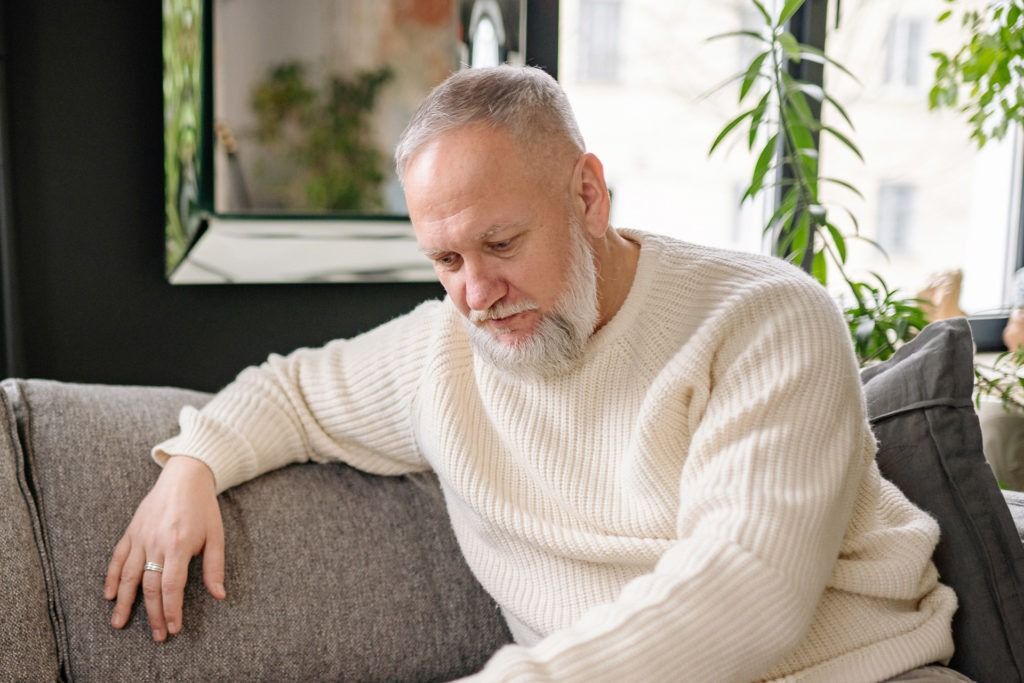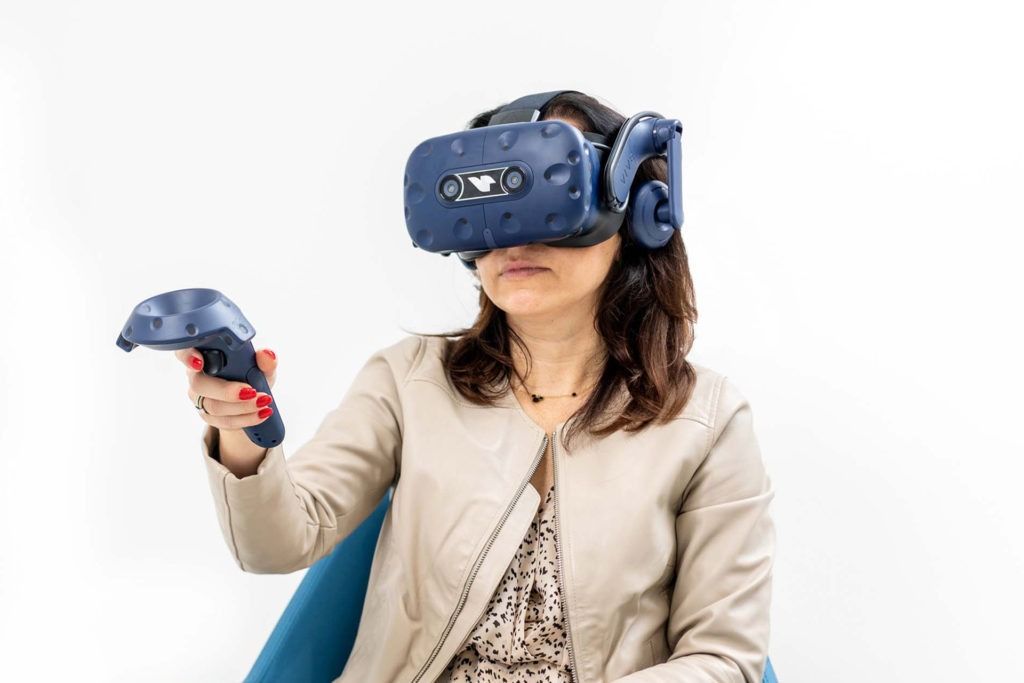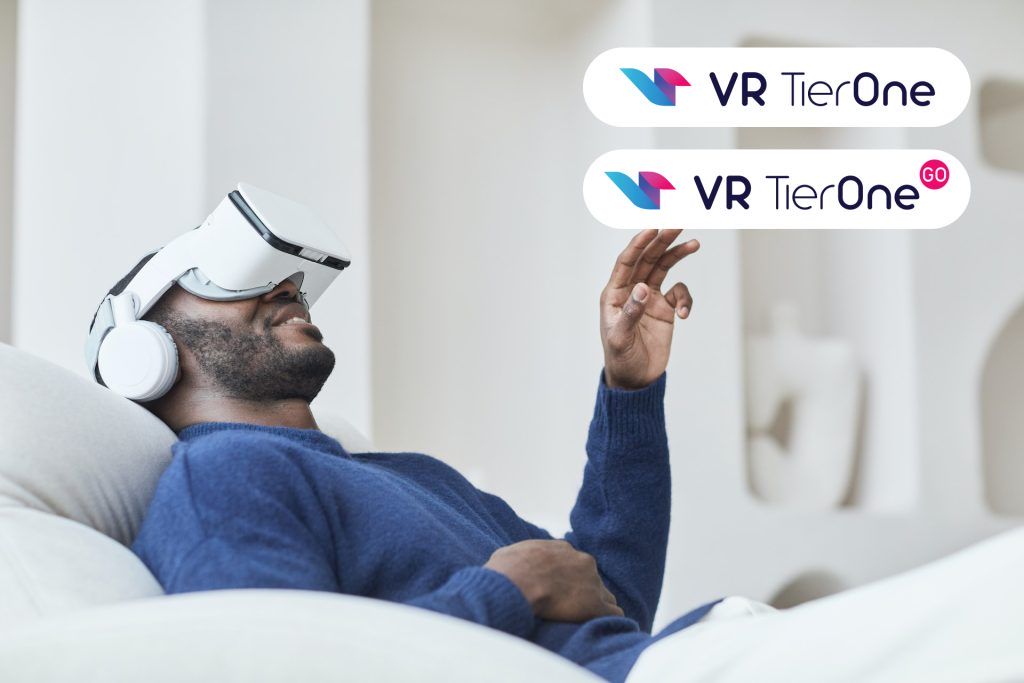Pain is an unpleasant psychosomatic sensation having an useful alarm function. It is equated with a disease or a threat to the tissues and when it occurs, it raises concerns about the health condition. Pain motivates us to seek help quickly, see a doctor, or stop the activities that bring us pain. When we have taken action and the pain passes, we feel relieved, it is a signal that the measures and actions taken were effective and our life and health are not at risk anymore. But what if the pain is getting worse or continues?
“There is no mortal who is never touched by pain.”
Euripides
Pain as a vital parameter
Pain is democratic in that it affects everyone, except a few cases of congenital analgesia, but how it is experienced and defined may be different. Pain, as defined by the International Association for the Study of Pain (IASP), is “an unpleasant sensory and emotional experience related to actual or potential tissue damage, or resembling what is associated with actual or potential tissue damage.” Pain is considered the fifth vital parameter. Assessing and controlling pain is therefore as necessary as monitoring and modulating the four remaining vital parameters of our life: body temperature, blood pressure, heart rate and respiratory rate. Pain can be assessed by observing the patient, his or her facial expressions and behaviours, and by applying appropriate scales: numerical, pictorial, visual-analog or a verbal ones enabling a descriptive assessment of pain. Recognition of pain as a vital parameter aims at paying more attention to pain. In order for the body to remain in physical and mental balance, pain should be reduced to prevent the maintenance of high values thereof, which reduce the quality of life.
Chronic pain
In medicine pain is the most common symptom, and it determines the survival of individuals thanks to its warning function. However, when the pain persists and becomes a source of constant suffering, it becomes the determinant of the quality of human life. Each sensory stimulus triggers a reaction of the nervous system, and if the pain is not controlled, changes in the nervous system may develop. Relief from pain is dictated by the ethical rationale of reducing human suffering, but it also serves prevention of its permanent consequences and disability. Chronic pain, which we define as pathological, ceases to play a warning and defense function, therefore ceasing to be a symptom, and becoming a disease in itself. Chronic pain, that is pain that persists longer than 3 months, has negative impact on the functioning of the patient in the emotional, physical and social areas. Chronic pain affects the elderly to a significant extent. It has been noticed that it is not the cause of the pain, but its intensity and duration, that disturb the patient’s life.

Pain should be treated causally, but even when the cause can be established, pain treatment should not be halted. It also happens so that it is impossible to determine the cause for the reported pain, and the possibility of depression in the form of a pain mask should be taken into account. Psychogenic pain is amenable to therapy, but the diagnosis requires the exclusion of somatic sources of pain in the first place. Chronic pain is more difficult to manage than acute pain, as in order to relieve it, it is necessary to act multidirectionally, without omitting psychological intervention.
Mental reaction to chronic pain
There is a known mutual relationship between emotional condition and pain. Pain tolerance and the pain threshold are individual variables, but it always decreases in the case of a detrimental mental condition. The reaction to pain is dominated by unpleasant sensations, unpleasantness and suffering, which are then manifested by pain behaviour, i.e. by behavioural expression of pain. Those suffering from pain are overwhelmed by negative feelings, and in the case of prolonged suffering, not only the mood, but also the personality of the patient may change. Patients suffering from chronic pain feel defeated, have negative thoughts not only concerning the pain and the whole disease situation, but also themselves. Unbelief in the effectiveness of treatment affects its course and the course of cooperation. The patients’ thoughts focus excessively on pain, and, streaked with fear, they intensify the pain sensations.

VR TierOne in the treatment of pain
Pain sensation is a personal experience that manifests itself through somatic and psychological responses. The experience of pain is influenced by external factors, both related to the disease, and important psychological factors. We already know that the emotional state significantly influences the experience of pain, therefore the inclusion of psychological supportive methods is highly recommended. Relieving pain with the features of chronic pain through psychotherapy is effective and worth considering at every step of the analgesic ladder (pharmacological analgesic treatment regimen). Experience of chronic pain limits physical activity, which is a significant issue in a situation where there are indications for it. The patients can avoid movement for fear of pain. Such an attitude during rehabilitation is a huge obstacle to its effective implementation, and therefore the experienced pain hinders the healing process. VR TierOne helps in pain therapy through carefully planned therapeutic content, which strengthens the sense of internal control, translating into cooperation with medical staff and the ability to deal with pain. Immersing yourself in the VR world helps us focus on sensations other than the feeling of suffering. The Garden of Rebirth therapy offered by VR TierOne limits the inflow of external stimuli, and the therapeutic sound layer calms down and helps the participants to control their breathing.

The anxiety and depression associated with chronic pain are reduced and the mechanism of pain is stopped. The therapy reduces stress, the most common underlying cause of somatic and mental disorders. VR TierOne strengthens the patients’ participation and agency in the treatment process. The therapeutic story in the Ericksonian therapy trend enables the patients to modify the way they thinks about their pain ailments. Virtual VR TierOne therapy is a non-pharmacological pain treatment option, also intended for the elderly. Since pain is a psychophysical phenomenon, we are able to effectively influence the mental sphere of the phenomenon of pain. In responding to the question posed in the introduction, when the pain does not pass, it is worth opting for the pleasant VR TierOne therapy, which, using Virtual Reality and based on psychotherapy, supports the treatment of pain in specialized clinics and centres offering comprehensive pain treatment.






